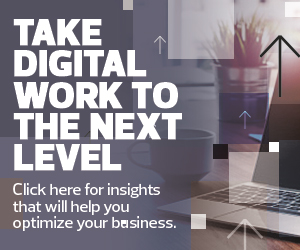"By integrating data from multiple sources, these advanced SIEM systems provide a comprehensive view of the entire IT environment, whether it's on-premises, in the cloud or within hybrid architectures," Curcuruto says.
Such tools use machine learning and artificial intelligence to detect patterns and anomalies that might elude traditional SIEM technology, thereby catching sophisticated threats early.
Next-gen SIEM also leverages automation and orchestration capabilities for swift, coordinated and sometimes fully hands-off responses to security incidents. Some automation technologies can detect a ransomware event, quarantine the affected system and roll back any changes to data with the last known good configuration.
Incorporating global threat intelligence feeds also keeps organizations informed about the latest threats and vulnerabilities, bolstering their ability to anticipate and mitigate attacks.
RELATED: Why financial service firms are considering SIEM.
With Next-Gen SIEM Comes Fresh Challenges
Integrating next-gen SIEM technology into an existing IT infrastructure can present several challenges, Curcuruto says.
"The complexity of ensuring seamless integration with diverse systems and technologies can be both time-consuming and intricate," he says. "Managing and processing large volumes of data from various sources demands significant resources."
To fully harness the benefits of next-gen SIEM, organizations should define clear objectives for its deployment, such as improving threat detection accuracy or reducing response times.
DISCOVER: Threat modeling is a key step to achieving cyber resilience.
"Ongoing training and awareness programs for the security team are essential to effectively utilize SIEM tools and stay abreast of the latest security practices," Curcuruto says.
Kinch recommends a hybrid approach, in which companies push only essential data points to the SIEM tool in support of critical asset analytics, while retaining a visibility platform solution with an API that allows for real-time awareness and control of every data point from every endpoint.
"The hybrid approach benefits from significantly reducing operational next-gen SIEM costs while ensuring complete visibility and control across the enterprise," Kinch says.












